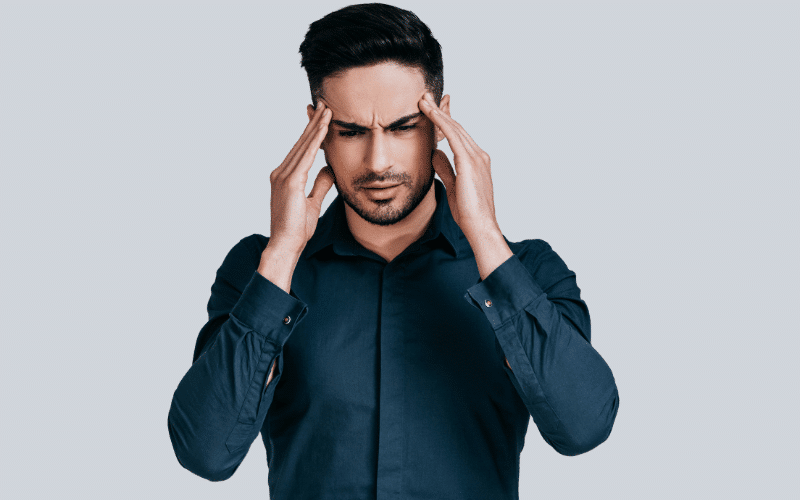Type 12: Hypertension Headache

Hypertension headaches occur due to high blood pressure, which places increased strain on the blood vessels in the brain. These headaches are typically characterized by a dull, throbbing pain on both sides of the head and can be accompanied by other symptoms, such as dizziness, blurry vision, or shortness of breath.
It is crucial to manage high blood pressure to prevent hypertension headaches and reduce the risk of serious complications, such as stroke or heart attack. Treatment for hypertension headaches focuses on addressing the underlying cause – high blood pressure.
Lifestyle modifications, such as following a healthy diet, exercising regularly, maintaining a healthy weight, limiting alcohol consumption, and managing stress, can help lower blood pressure and prevent hypertension headaches. In some cases, prescription medications, such as diuretics, beta-blockers, or calcium channel blockers, may be necessary to control blood pressure effectively.
Regular monitoring of blood pressure and working closely with your healthcare provider to develop a tailored treatment plan are essential components of hypertension management. (12)